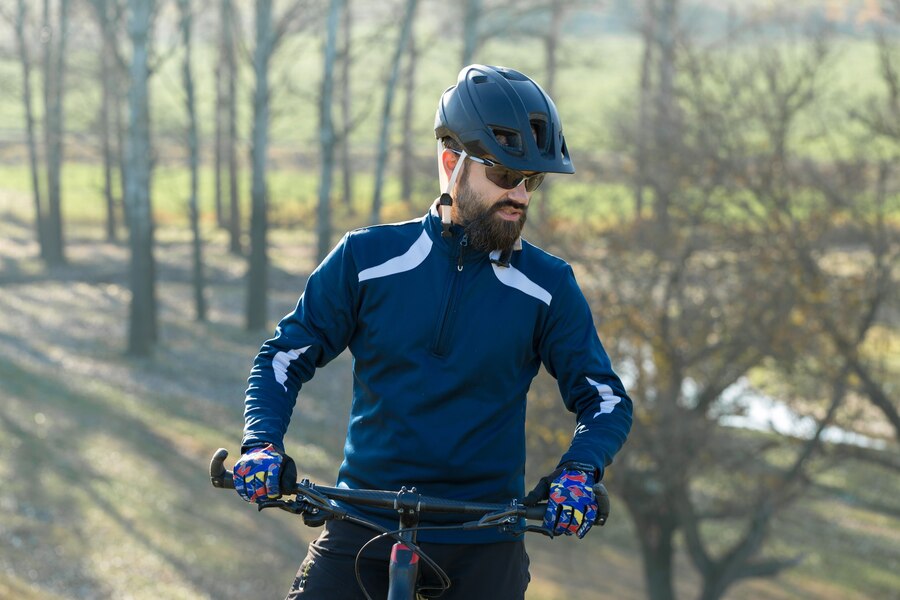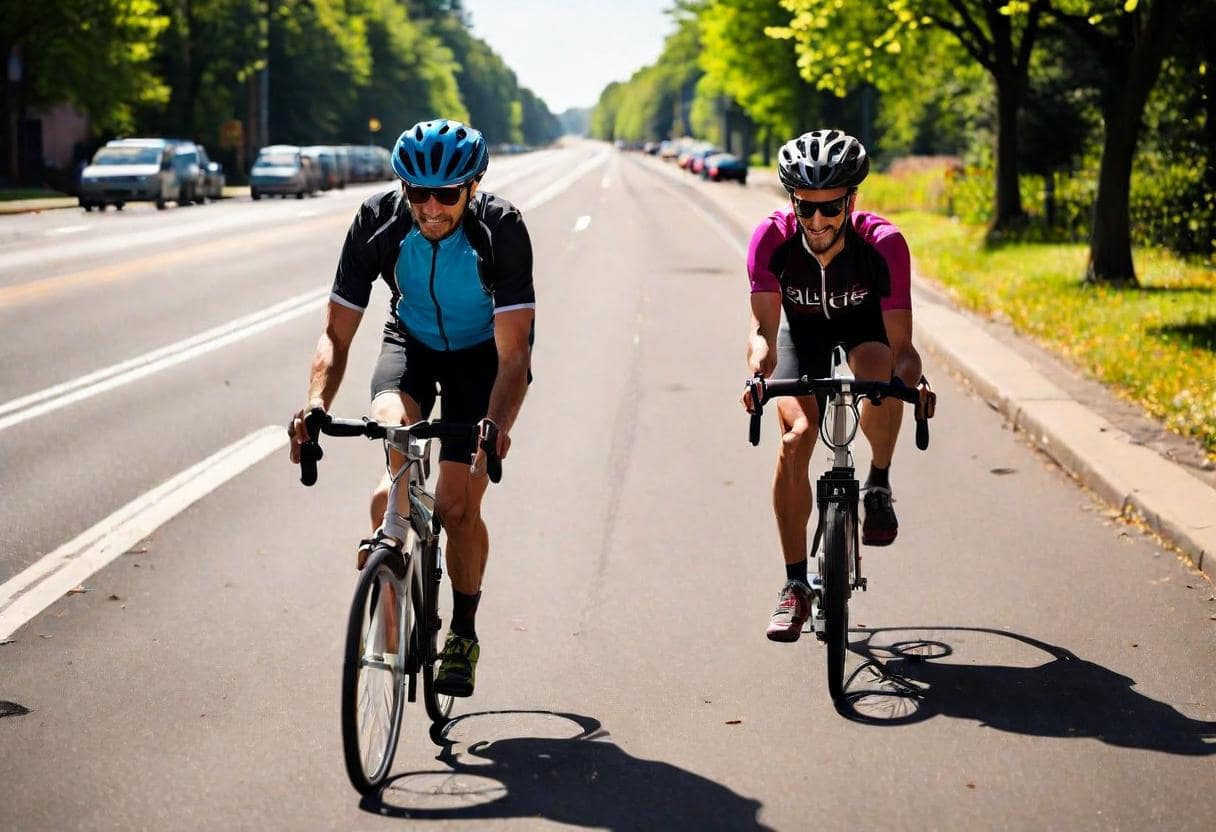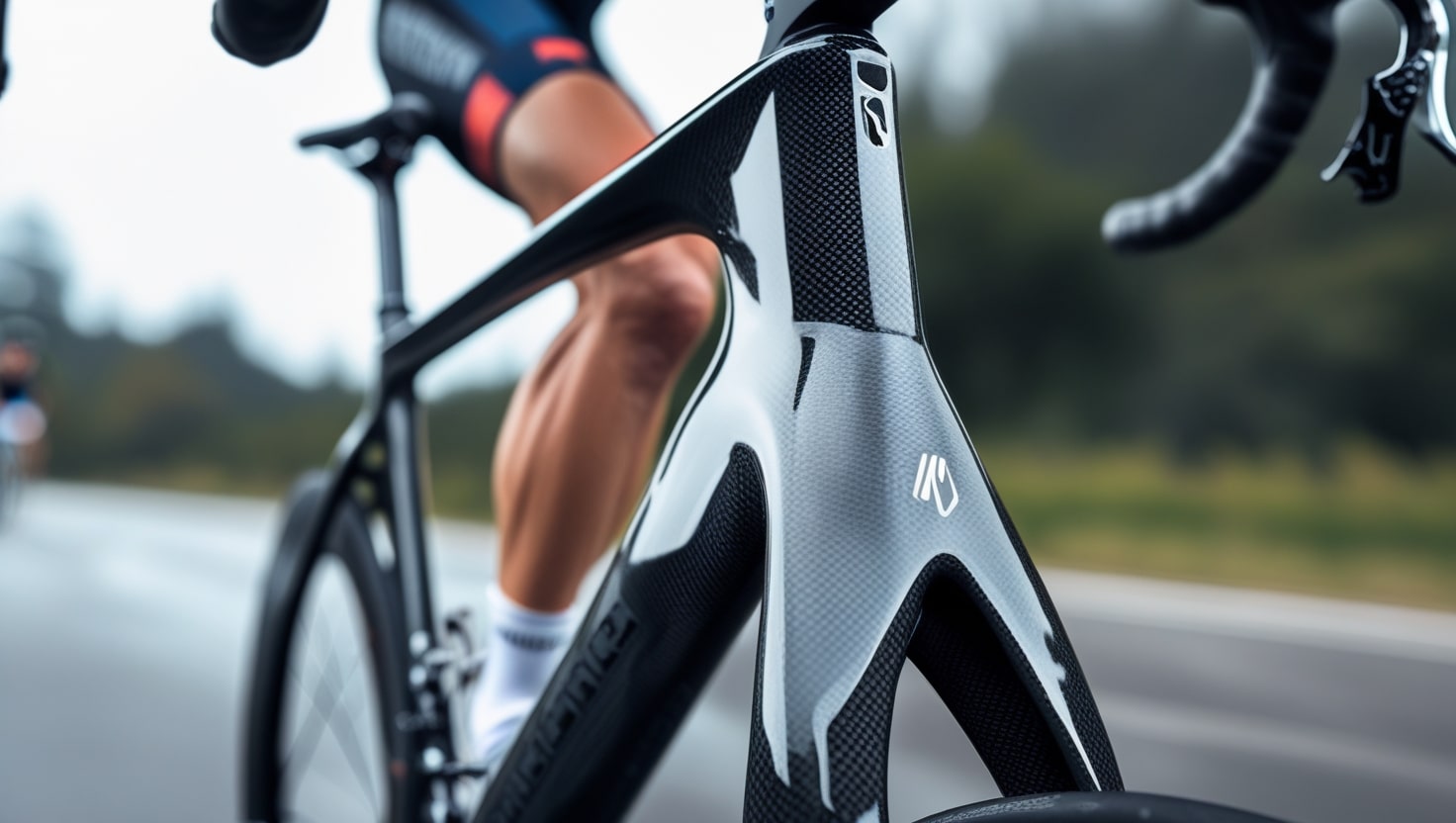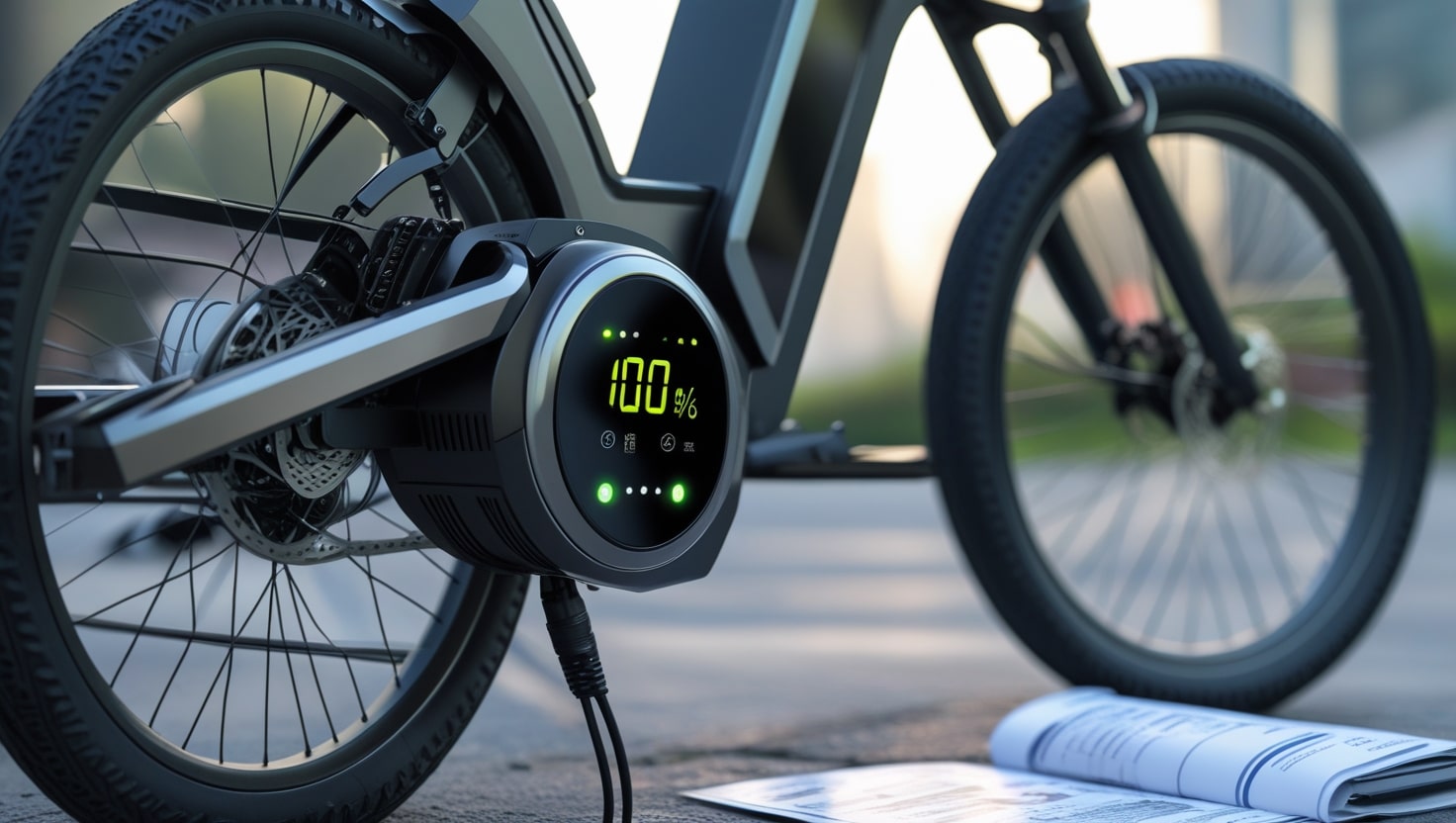Many new cyclists often wonder, “how long does it take to bike 10 miles?” When I first started to ride, I used an old mountain bike to navigate the Spanish hills, managing an average speed of 10.5 miles per hour. Fast forward 1.5 years later, my commute has become significantly more efficient. I’m now going further and quicker on a road bike with less climbing involved. Nowadays, it takes me around 45 minutes to cover 10 miles, but this can vary due to several variables that play a key role in determining the time.
how long does it take to bike 10 miles
For many, a good average for a ten mile bike ride is between 45 minutes and an hour. If you are a beginner, your time will be closer to the hour mark. As you continue to ride, your speed will increase over time, reducing the time it takes to cycle 10 miles. Achieving higher speeds requires you to sustain your effort over a longer period. For example, aiming to complete 10 miles in 30 minutes means maintaining an average speed of 20 mph (32.19 kph), which is manageable under ideal conditions, especially on a flat surface or when riding with a group of other cyclists.
If you are newer to cycling, several factors will impact your speed and efficiency on the bike, such as your initial fitness level and the type of bikes you use. A road bike is lighter than its counterparts, offering less resistance, while hybrids tend to weigh more and can affect your expectations. Understanding these elements can help you better prepare for your rides and improve your performance over time.
The variables of cycling 10 miles
When biking 10 miles, there are many factors to consider. A powerhouse cyclist might complete this distance in under 20 minutes, especially during a time trial. However, for most riders, the time will vary. It’s important to look at different things that can effect your time. For instance, your fitness level, type of bike, and riding conditions can all influence how long it takes to bike 10 miles. By understanding these variables, you can better calculate your own 10-mile completion time.
You may also like to read What Goes On at Sturgis Bike Rally
Fitness

Your fitness will greatly improve with regular cycling. When I first started biking, it took me a long time to cover 10 miles. But after several weeks, I became much faster. About a year into my routine, I managed to complete the distance in just 33 minutes. My friend Evie helped me calculate this, and I was shocked at how quickly my performance improved. Maintaining a good diet also played a crucial role. So, with consistent effort, you’ll find yourself biking 10 miles in no time.
The 10-Mile Route

When biking a 10-mile route, the terrain makes a big difference. Some people might laugh at relying solely on data like average speed because a flat route and a hilly route are very different. It’s obvious that a hilly route will be slower and more challenging. To avoid surprises, it’s a good idea to map your route beforehand. This gives you a clear idea of what to expect and helps you plan better.
Bike
The type of bike you use makes a huge difference in the speed you can achieve and the distance you can cover. For example, a sixthreezero cruiser designed for summer months will be much slower than a brand new carbon bike with faster handlebars. It’s also important to ensure your bike is tuned nicely and fits well. I once had a bike that wasn’t set properly, and it caused terrible knee pain. Proper maintenance and the right equipment are crucial for a smooth ride.
Terrain
Riding on smooth tarmac is much easier and faster than tackling a mountain bike trail in a local forest. The presence of boggy, sticky mud can turn the experience into a nightmare, adding many extra minutes to your time. The condition of the trail significantly impacts how quickly you can move your bicycle through these challenging areas.
- Related Post
- How Many Miles is a Lot for a Motorcycle?
Whether The Weather Is Nice Or Not

The weather greatly affects how long it takes to bike 10 miles. On sunny and dry days, cycling feels perfect and you tend to go faster than normal. However, on rainy days, the tyres create more friction with the road, making the ride slower in wet conditions. Wind can be both a bitter and sweet experience. A tailwind will push you straight ahead, making it easier, but a headwind forces your legs to work overtime, leaving you cursing the gales.
Alternatively, some days are just bad with windy and wet conditions. On these days, the worst thing you can do is fight the weather. Accept that you will be slower and adjust your expectations accordingly. Science suggests that there is a sweet spot for biking conditions, as discussed in a Cyclist article. If possible, give yourself a five-hour window to commute, and you might find the perfect opportunity to bike those 10 miles efficiently.
Gear

When looking for marginal gains in your biking performance, investing some money from your wallet can make a difference. Riding a rust bucket of a bike can make cycling 10 miles much more difficult than riding a high-end Pinarello carbon beast. However, if you have a standard road or mountain bike, your fitness becomes the real key to achieving higher speed. On uphill routes, using a mountain bike may take longer than a road bike due to its weight. The heavier the bike, the harder it is to pedal uphill.
You can make yourself lighter by wearing lightweight Lycra and carrying fewer items. This can significantly affect your performance. How long it takes to bike 10 miles also depends on these factors. With the right gear and improved fitness, you can achieve better times on your rides and enjoy the experience more.
So, how long does it take to cycle 10 miles?
The truth is, there’s no single answer to how long it takes to bike 10 miles; it really depends on various factors. Your fitness level plays a huge role, as does the overall length of your ride and the specific route you choose. The gear you’re using also makes a difference. On average, most people can expect to complete the distance in about 50 minutes, which is considered a reasonable standard time.
Cycling more than 10 miles
The time it takes to cycle 10 miles can be a good indicator of how long other distances will take. However, if you ride 10 miles in 1 hour, it doesn’t mean that 20 miles will take exactly two hours. When I first cycled over 50 miles, it was the hardest day of exercise I had ever experienced. It took me 6-7 hours, and using my 33-minute 10-miler data, I should have gone over 100 miles. This shows that rationing food and drink, along with fatigue, makes biking long distances more exhausting and complex to calculate, especially for a first timer.
To prepare for longer rides, make sure to gradually increase your mileage rather than jumping into the deep end. Proper preparation and efficiently managing your resources are key. This will help you avoid the mistakes I made and ensure you have a more enjoyable and less tiring experience as you take on bigger biking challenges.
To conclude
If you are just starting out on the bike, plan for about one hour to cover 10 miles. This time will slowly decrease as your fitness improves. Many variants in cycling can sway your results, and often these factors can’t be helped. Just do your best and take it steady. Remember, cycling is not just about getting fast times and hard data; it’s also about enjoying the sights, senses, and the complete enjoyment of the ride. Good luck with your next 10 miles; I hope you find the sweet spot.








